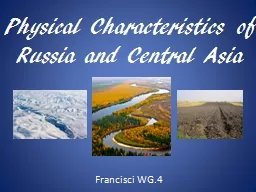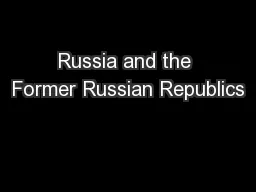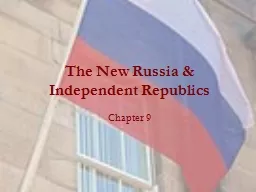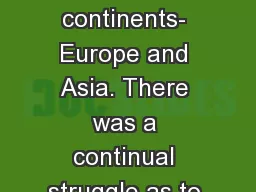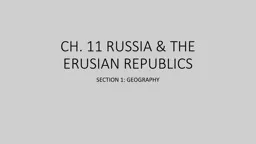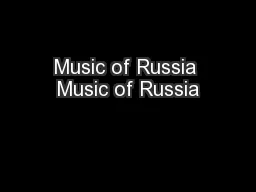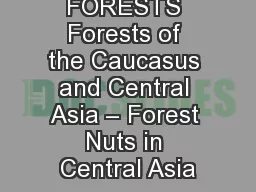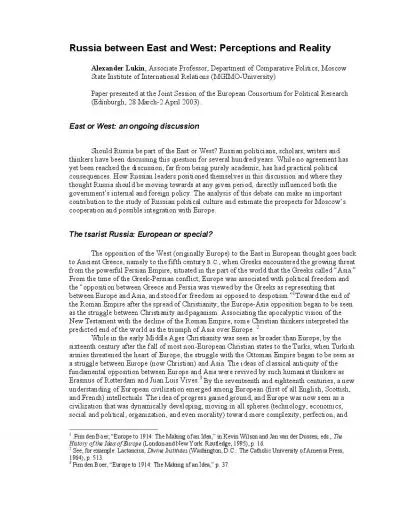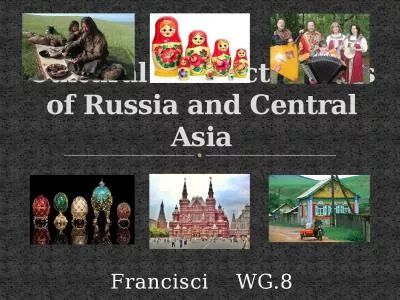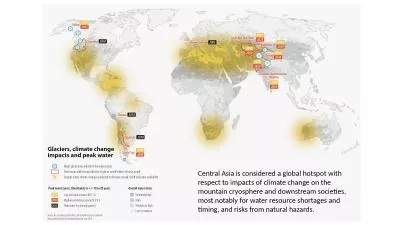PPT-Physical Characteristics of Russia and Central Asia
Author : kittie-lecroy | Published Date : 2018-03-17
Francisci WG4 Russia The Facts Largest nation in the world 2x size of US Russia is larger than Pluto 25 of Russia is located in Europe and 75 is located in
Presentation Embed Code
Download Presentation
Download Presentation The PPT/PDF document "Physical Characteristics of Russia and C..." is the property of its rightful owner. Permission is granted to download and print the materials on this website for personal, non-commercial use only, and to display it on your personal computer provided you do not modify the materials and that you retain all copyright notices contained in the materials. By downloading content from our website, you accept the terms of this agreement.
Physical Characteristics of Russia and Central Asia: Transcript
Download Rules Of Document
"Physical Characteristics of Russia and Central Asia"The content belongs to its owner. You may download and print it for personal use, without modification, and keep all copyright notices. By downloading, you agree to these terms.
Related Documents

